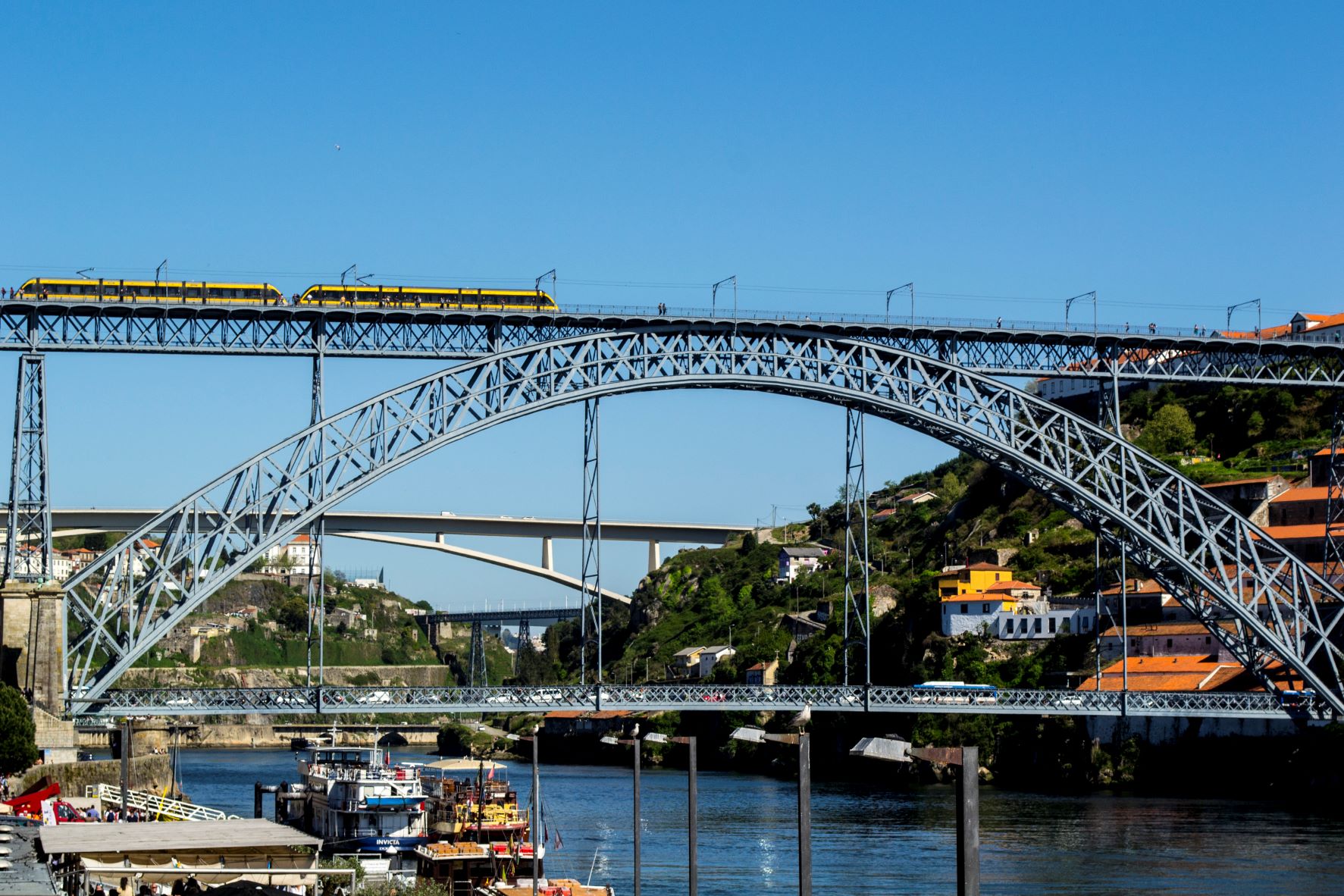Spanish regions 3

Continuing our quick look at the many Spanish regions, today we’ll be looking at Castilla La-Mancha, Castilla-Leon and Catalonia.
Castilla La-Mancha
This region is located right at the centre of the Iberian Peninsula and is most well characterized by massive mountain landscapes. This region’s name might sound a bit familiar to those aware of a certain windmill-fighting character from Spanish literature, this is the birth-place of none other than Don Quijote de la Mancha, and at least the windmills are quite real. The traditional gastronomy in the region is filled with tasty stews, game dishes, sausages and the very famous Manchego cheese. Thankfully the cheese will go wonderfully with the region’s great wines – this is a very hilly region after all. Also the artisans in the region are famous around the world for their ceramics and embroiderings.
Castilla-Leon
This is the largest region in the country, dominated by an elevated plain which is bordered by mountain ranges to the east, south and north, with the Duoro river towards Portugal. This is a great place for those who love to trek through nature, there are several natural parks and forests made of oaks and cork-oaks. The gastronomy in the region distinguishes itself through it excellent meat, especially lamb, as well as vegetables. Other characteristics of the region are its artisans and its Roman gold mines.
Catalonia
The capital of this region is none other than the city of Barcelona, set on the coast of the Mediterranean with its mild climate and great beaches.
Catalonia has both high mountain ranges, a few inactive volcanoes as well as a wide plain at its center. And alongside all of these, the inhabitants of the region have their own language, a specific dialect quite different from the rest of the country. The region is very well known for its commerce as well as tourism potential thanks to its coast and such.





